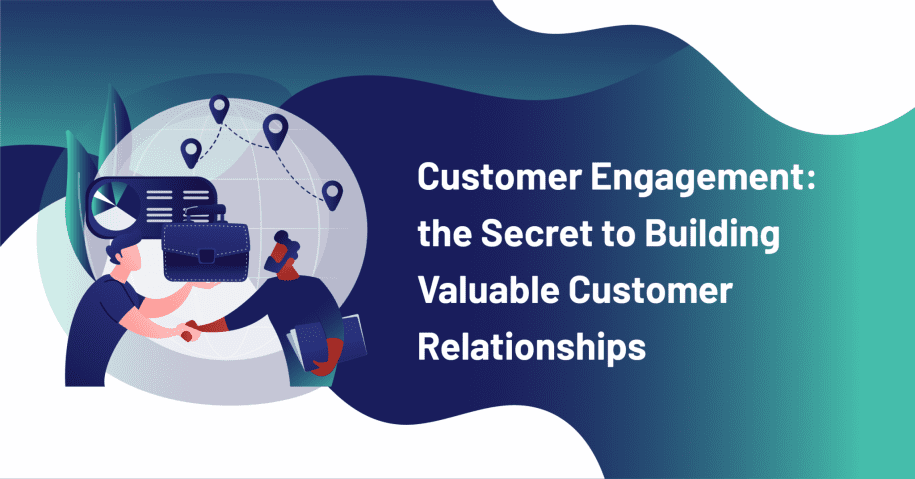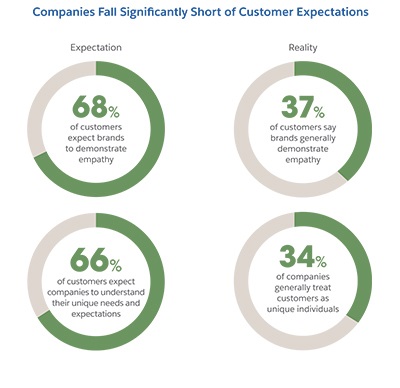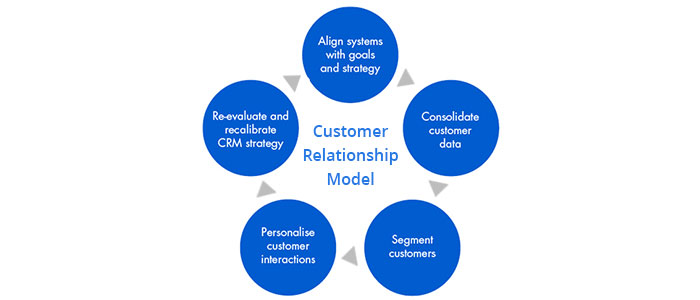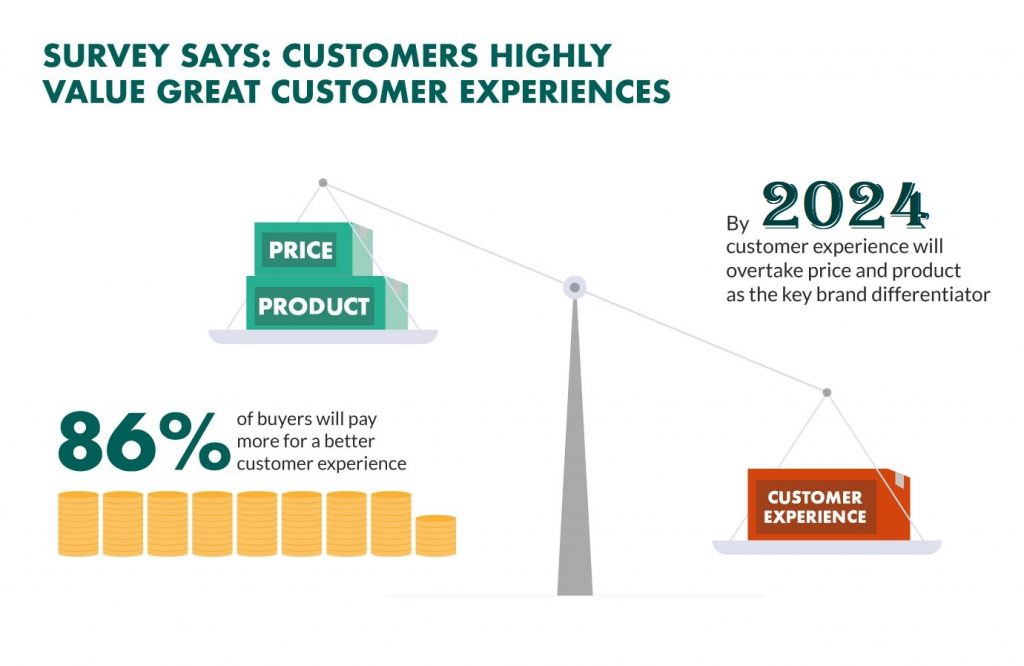Consider a scenario where a few enterprises prosper over time, but others experience large fluctuations and finally decline. What is the distinction? The difference is how they approach taking client connections to the next level.
Strong customer connections are similar to any other type of interaction. You must devote effort to developing and nurturing them over time. Before they buy anything, 79% of buyers say they want businesses to prove that they care about them. Companies that recognize the value of developing client connections form an emotional bond with customers and keep them long.
You may employ a variety of approaches and methods to increase client involvement, and they don’t have to be complicated. Instead, they must come from a genuine place, target the correct groups, and provide consumers solid reasons to participate for them to do so.
What does Customer Engagement Imply in the Banking Industry?
If you watch closely, you’ll notice that the notion of marketing interaction existed even before the networks and digital transformation. We may define engagement as a consumer’s participation and psychological bond to a brand due to distinct experiences throughout interactions with the company and other consumers.
Customer engagement, then, denotes a brand’s goal to build a personal, steady, long-term connection with clients, especially when it comes to financial institutions, which are directly engaged in life’s most important decisions.
It also indicates that customer engagement is required to comprehend the consumer’s behavior, who plays an active and continual role in brand communication, as well as in the numerous dialogues that take place inside the brand community.
Three Main Dimensions of Customer Engagement
Companies may take advantage of three sorts of Levers to develop a genuinely strong relationship with their customers.
1. Relevance of the brand for the Customers:
The first component is cognitive, and it is the manifestation of a specific psychological state of the customer toward a product that is regarded significant because it is viewed as aligned with the individual’s thoughts and interests. It typically entails the development of good cognitive connections that elevate the brand’s importance in the eyes of the consumer.
2. Emotional engagement with the Product:
The emotional dimension, as well as the additional viewpoint to utilize, is the second dimension. The emotional aspect of engagement is based on the message’s increased emotional impact and the participation of this irrational element of the customer who feels in touch with the brand for causes that cannot always be stated objectively. Regardless, it is unquestionably beneficial since it is simple to encourage client loyalty to the banking company.
3. Degree of consumer activation towards the brand:
Finally, the behavioral dimension shows the degree of activation of the customer towards the Product that they think is significant, which is “activated” in some manner by the first two dimensions. 86% of the buyers are willing to pay more for a better customer experience
When effectively implemented through a well-thought-out marketing plan, these three factors may result in high levels of customer engagement and, as a result, considerably improve the customer-banking institution connection. 64% of the Customers anticipate personalized relationships based on previous interactions.
Advantages of Good Customer Engagement for the Banking Industry
One of the most customer-centric industries is the banking sector. As previously stated, banks are frequently asked to retain, handle, and assure one’s savings, and, as previously stated, banks are implicated in very critical times in people’s life (buying a real estate, setting up a business); thus, there is a need to build the highest trust between the parties so that every decision is correct and aware.
There’s a lot more to it. In reality, a high degree of consumer interaction is average for banks, but it also has several advantages. One advantage of effective client involvement is that it elevates one’s organization above the competition. In reality, it’s common for a client to have accounts with many banks simultaneously. On the other hand, customer interaction may be used to establish a “preferential” connection.
All of these advantages are fundamental for being competitive and, above all, for guaranteeing a long-term growth perspective for the business. For this reason, it is essential for every institution to increase its customer engagement. We’ll share some tips to help you along.
1. A Real Experience to Customer
It is critical to address the demands of users in order of accessible digital solutions. The degree of support that institutions can provide is another crucial factor in improving the customer experience and increasing consumer engagement. Customers have grown to anticipate prompt assistance and responses to their concerns, mainly when dealing with financial problems.
That’s why artificial intelligence-based intelligent chatbots are becoming more popular: because of their advanced technology, these digital transformations can process consumers’ demands and learn from their actions, anticipating their wants.
On the other hand, preparatory work is critical for improving the degree of customer experience provided at each step. For example, each bank may optimize the internet experience well before the user reports a problem by charting the customer journey mapping inside its digital ecosystem, independent of the touchpoint utilized.
2. Customer Engagement with personalization
Another important aspectt in creating effective customer engagement that leads to the creation and consolidation of a long-term customer-bank relationship is personalization.
Personalization can be achieved through the use of many touchpoints, integrating them into a single experience and perhaps taking advantage of an omnichannel approach, which leads the user to live a fully immersive experience that is tailored around him. For this to be possible, you must first collect and analyze data about your customers: what they search for on the internet, the online conversations they take part in, how they navigate the site, how often they open emails, and so on.
This is accompanied by customers profiling, which not only serves to understand the reliability of customers and their solvency, but also to understand more about them, which products are best suited to them and, above all, where they are in the customer journey in order to choose the most effective message to reach and interest them.
3. Data-driven Customer Engagement
It’s worth repeating that data plays a critical part in achieving a specific degree of consumer engagement. First, it’s vital throughout the planning phase because we need to comprehend the customer to improve their engagement, as we’ve seen. Second, data is required to verify that the plan was successful and track how the connection has evolved. You may utilize a variety of assessment measures, which will vary based on your business and aims.
Another indicator is the bounce rate, which is the proportion of visitors that abandon a site after seeing only one page; this may reveal a lot about the efficacy of your site and the accessibility of your web design.





Leave a Reply